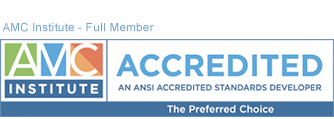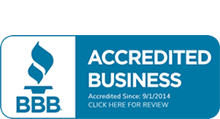Another in a series of articles related to association management selected from our reading list by:
Robert O. Patterson, JD
CEO/ Principal
The Center for Association Resources, Inc.
Board Training — Getting qualified people on the board – The Center for Association Resources
What constitutes an effective and productive board member at a non-profit? As part of the governing body of the organization, a good board member is one who first understands fully the group’s mission and goals, as well as its legal obligations and significant responsibilities. This is true whether a non-profit is in its infancy, is in transition to becoming a more mature organization, or is already an established institution. The non-profit board’s membership should consist of people who are either experienced in non-profit board functions or who are willing to proactively learn about the roles and acquire the tools and knowledge to be competent contributors.
Most of the time, individuals serve on a non-profit board because they are passionate about the cause. However, passion alone is not enough to fulfill the many duties asked of each board member. Time commitment is a necessary requirement – for attending board meetings, preparing for the meetings, reviewing proposals, budgets and other documents, and fundraising.
Speaking of fundraising, many people who are new to non-profits don’t realize that one of the main functions of the board is to raise money. These board members need to be comfortable with a common policy among non-profits to either donate funds themselves or actively fundraise (or both). Board members may also be asked to organize and host fundraising events or to meet with foundations or government agencies that award grants to non-profits. Time commitment aside, each board member should have sufficient business and leadership skills to approve budgets, establish a process to create a strategic plan, hire and evaluate the executive director, and ensure the legal and ethical integrity of the organization. In order to perform the roles and responsibilities dutifully, the board should evaluate its effectiveness and identify areas where a new board member may bring on skills that would be complementary.
During growth periods, a board may need to grow too. Sometimes the need to find new board members arises from resignation or when board members reach their term limit. Recruiting for board members may start with referrals from the current board, volunteers from the organization, or from the staff. There are services that match prospective board candidates with non-profit organizations such as boardnetUSA and VolunteerMatch. The tasks of screening and determining a board candidate’s qualifications rest with the board. There should be a process to evaluate the candidate as well as a process to bring the new person on board.
As leaders wanting to make a difference, the board must be made up of individuals who have sound business skills, experience with board duties and functions and commitment to developing a strong board by ensuring each member is qualified to meet the needs of the non-profit organization.







